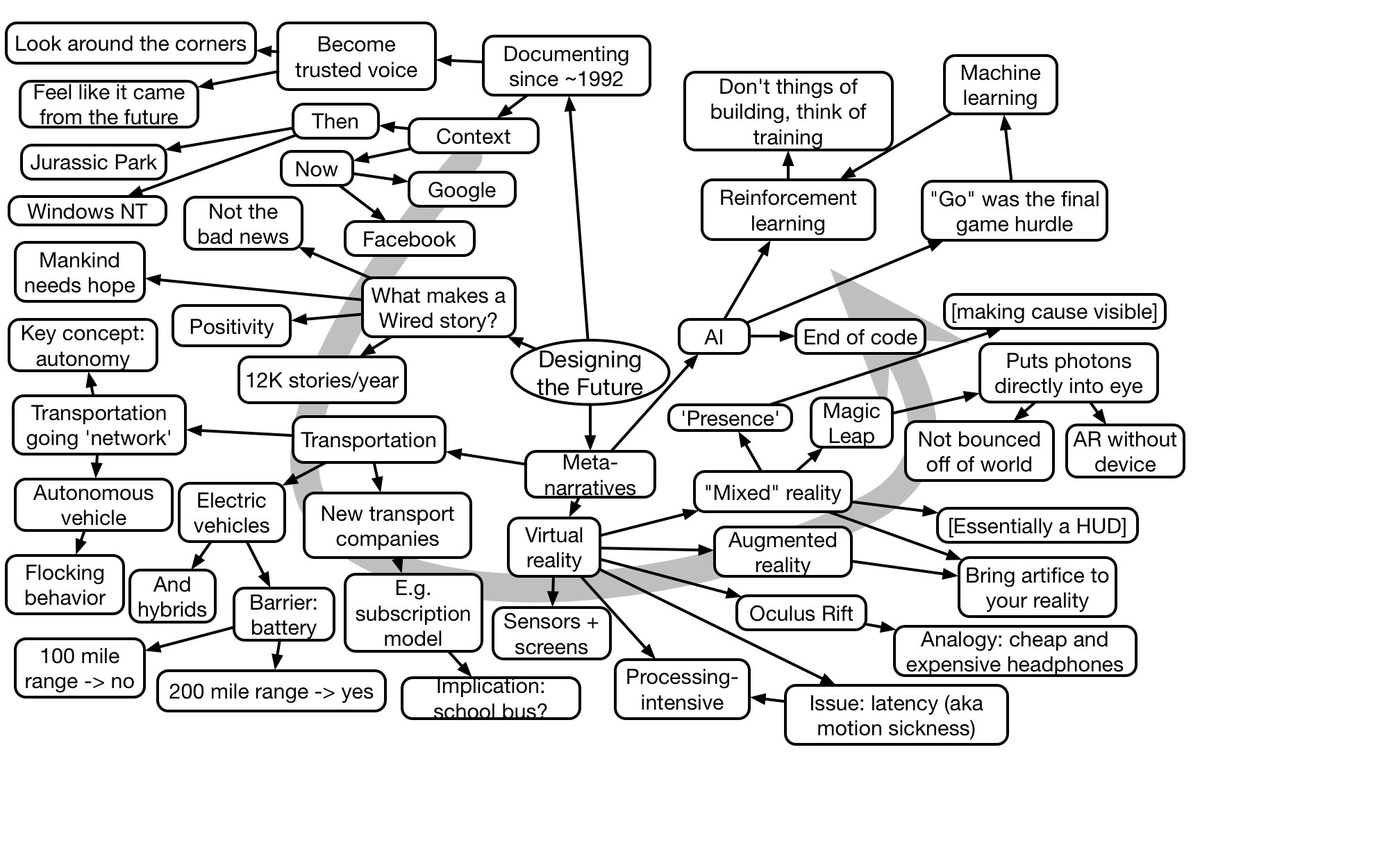In a couple of recent posts, I’ve been telling tales of helping organizations, and I wanted to tell at least one more. In this case, I’m extending the type of work I’ve done to have a real impact, still with a low overhead. The key is to include some followup activities.
Serious eLearning
In one instance, a person who’d attended my game design workshop wanted to put it into practice. With a colleague, they were wanting to improve their online learning to better support their stakeholders, and wanted to deepen the experience. The goal was to provide their learners opportunities to practice success skills.
We knew they were were going to be developing scenarios, so the key was the develop the skills of these two. Consequently, we arranged a series of meetings where they’d deliver their latest work, and I’d not only critique it, but use it as opportunities to deepen their understanding. This occurred over a period of a couple of months, on calls for an hour or so. Each call would occur a short time after they delivered their latest version.
It took several iterations, but their outputs improved substantially. When we were comfortable with their progress, the engagement was over.
Learning Strategy
In another instance, a company was moving to a ‘customer experience’ focus, and wanted to workshop what this meant for the training function. They had already planned on using a particular process that involves a team of stakeholders on a week-long meeting, and in particular that process called for one outsider (yours truly). Beforehand, I got up to speed on their business and current status.
During that week, I found my role to continue to advocate for taking a bigger picture of meeting customer learning and performance needs. They found it easy to slip back into thinking of courses, but continued to ‘get’ that they should look at augmenting their work with performance support. Given that their product was complex, it became clear that ‘how to’ videos were a real opportunity.. They were particularly excited about the concept of ‘spacing’ practice, and loved the spacing diagram originated by my colleague Will Thalheimer.
What’s more important is that we also built in several ongoing reviews. So, their process had a few subsequent deliverables, and we worked out that they would come through me for feedback. In general, new ideas can backslide if not reinforced, and this process helped them cement in several new features, including a new emphasis on the videos.
 The point being, extending engagements with a few simple followups provides a much higher likelihood of improvement than just a one-off. It doesn’t take much, and the outcome is better. It is a spaced practice, really, and we know that works better. I reckon the marginal extra investment yields a much bigger benefit. Does that make sense to you?
The point being, extending engagements with a few simple followups provides a much higher likelihood of improvement than just a one-off. It doesn’t take much, and the outcome is better. It is a spaced practice, really, and we know that works better. I reckon the marginal extra investment yields a much bigger benefit. Does that make sense to you?






